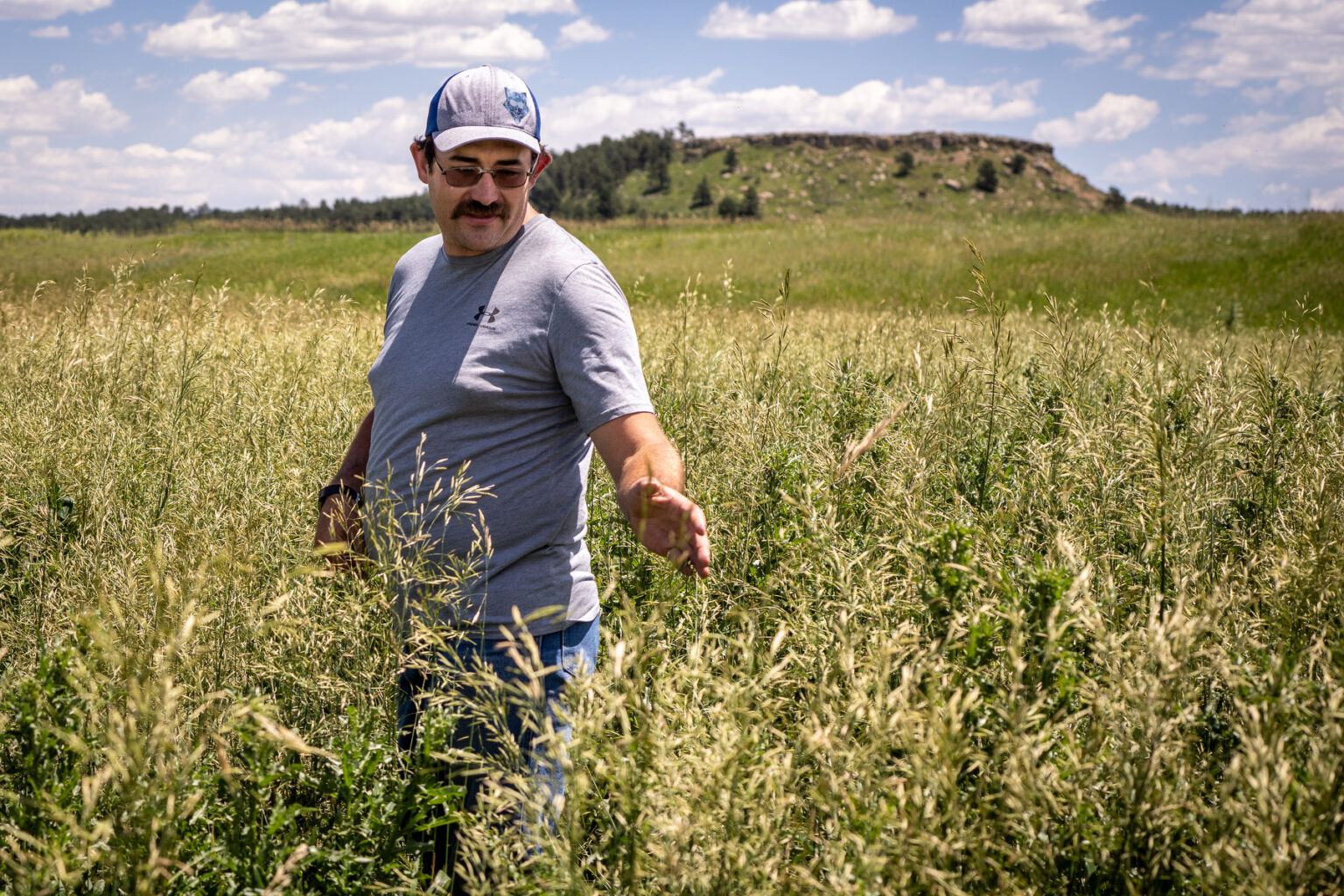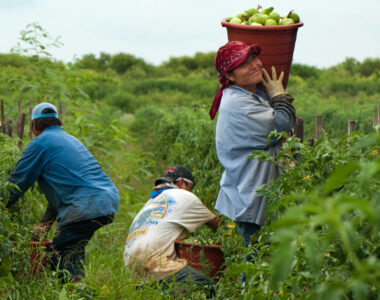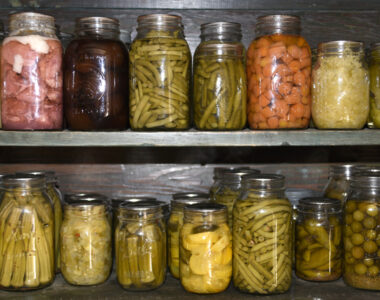
Colorado farmers face a mixed outlook this season. From planting delays to moisture challenges, current Colorado crop conditions reflect both resilience and caution.
Weather and Field Conditions
According to the USDA Crop Progress report released August 4, farmers averaged 6.4 days suitable for fieldwork—nearly unchanged from last year’s 6.5 days. Topsoil moisture in Colorado is rated as 10 percent very short, 22 percent short, 59 percent adequate, and 9 percent surplus, while subsoil moisture reads 10 percent very short, 21 percent short, 58 percent adequate, and 11 percent surplus. These figures highlight lingering dryness that could impact crop performance.
Corn: Lagging Behind
Corn acreage in Colorado has increased to 1.6 million acres in 2025, up from 1.46 million last year. Yet growth stages lag: only 47 percent of corn has silked—well below the five-year average of 75 percent and last year’s 69 percent. Corn entering the dough stage stands at just 10 percent, compared to the 15 percent five-year average, while none has dented yet. USDA rated corn crop conditions 9 percent very poor, 8 percent poor, 9 percent fair, 70 percent good, and 4 percent excellent—below national averages.
Sorghum: On Track
Sorghum acreage now totals 550,000 acres, up from 520,000 acres last year. About 40 percent of the crop has headed, slightly ahead of last year and just above the five-year average. The field condition score reflects 1 percent very poor, 1 percent poor, 22 percent fair, 71 percent good, and 5 percent excellent.
Winter Wheat Harvest Wraps Up
Farmers have harvested 96 percent of Colorado’s winter wheat, aligning closely with the five-year average. County data shows average test weight around 60 pounds per bushel and protein levels near 12 percent across regions.
Pasture and Range: Holding Steady
Pasture and range conditions now reflect 1 percent very poor, 18 percent poor, 23 percent fair, 45 percent good, and 13 percent excellent. These figures underscore both recovery and ongoing stress in some areas.
What This Means for Farmers
These Colorado crop conditions illustrate that while planting volume remains high, crop progression lags behind historical trends—particularly for corn. Farmers must closely monitor irrigation and field quality, especially given moisture shortages.
The strong performance of sorghum and near-complete wheat harvest offer some optimism. Yet overall, these stats remind growers of the importance of vigilance and adaptive field management during a variable season.



